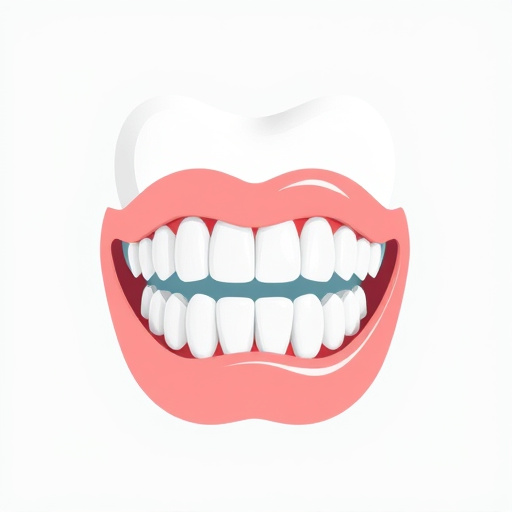Dental sealants for teeth are innovative protective coatings made of durable resin, applied to chewing surfaces of back teeth to prevent food and plaque buildup, thereby reducing the risk of tooth decay and cavities. Effective for both children and adults, they serve as a proactive oral care measure, avoiding costly future treatments, and can enhance aesthetics through cosmetic dentistry practices. Ideal for primary teeth in children, sealants maintain jaw alignment and speech development, but not all teeth are suitable, requiring assessment by dental professionals.
Dental sealants for teeth are an effective first step in cavity prevention, offering a protective shield that guards against plaque and food debris. This article delves into the world of dental sealants, exploring their benefits, application process, and how they work to safeguard your oral health. By understanding dental sealants, you can make informed decisions to maintain a vibrant smile.
- Understanding Dental Sealants: A Protective Shield for Teeth
- How Do Dental Sealants Work in Cavity Prevention?
- Benefits and Considerations for Dental Sealant Application
Understanding Dental Sealants: A Protective Shield for Teeth

Dental sealants for teeth are innovative protective coatings designed to safeguard dental enamel from decay-causing bacteria. This thin, durable resin is carefully applied to the chewing surfaces of back teeth, creating a barrier that prevents food particles and plaque from settling in hard-to-reach areas. By sealing these crevices, dental sealants significantly reduce the risk of tooth decay and cavities, making them an essential first step in cavity prevention for both children and adults.
Beyond their preventative role, dental sealants offer an alternative solution to cosmetic fillings, which are often needed when cavities progress beyond the early stages. Integrating sealant applications into routine oral exams allows for proactive care, ensuring teeth remain strong and healthy. This approach not only saves time and money in the long run but also promotes a bright, confident smile through the practice of cosmetic dentistry.
How Do Dental Sealants Work in Cavity Prevention?

Dental sealants for teeth are highly effective in cavity prevention by creating a protective barrier on the chewing surfaces of back teeth, where cavities often start. These thin, durable coatings adhere to the enamel, sealing off spaces and pits where food particles and bacteria can accumulate. By blocking these entry points, dental sealants significantly reduce the risk of tooth decay, especially in areas that are hard for brushes and floss to reach during teeth cleaning.
While general dentistry procedures like wisdom tooth removal can address existing issues, dental sealants focus on proactive care. They are typically applied to permanent molars soon after they erupt, before cavities have a chance to develop. This early intervention is crucial in maintaining oral health, as it helps avoid costly and time-consuming treatments down the line.
Benefits and Considerations for Dental Sealant Application

Dental sealants for teeth offer a powerful preventive measure against cavities, making them an essential tool in any general or children’s dentistry practice. These protective coatings are applied to the chewing surfaces of back teeth, creating a physical barrier that prevents plaque and food debris from settling into tiny cracks and crevices. By sealing these entry points for bacteria, dental sealants significantly reduce the risk of tooth decay, especially in areas that are difficult to clean with a toothbrush.
When considering dental sealant application, it’s important to weigh both the benefits and potential limitations. Sealants can last for several years, providing long-term protection against cavities. They are particularly beneficial for children, as primary teeth play a crucial role in maintaining proper jaw alignment and speech development. Moreover, cosmetic dentistry procedures can enhance the appearance of sealed teeth, ensuring that patients maintain a confident smile even with preventative treatment. However, not all teeth are suitable for sealing, and certain factors like tooth structure and chewing habits must be taken into account by qualified dental professionals during the assessment process.
Dental sealants for teeth represent a simple yet effective first step in cavity prevention. By applying these protective coatings, we can significantly reduce the risk of tooth decay, especially in children and teenagers. Understanding how sealants work and their numerous benefits makes it clear that they are a valuable tool in maintaining excellent oral health. If you’re considering dental sealants, consult with your dentist to determine if they’re right for you.














